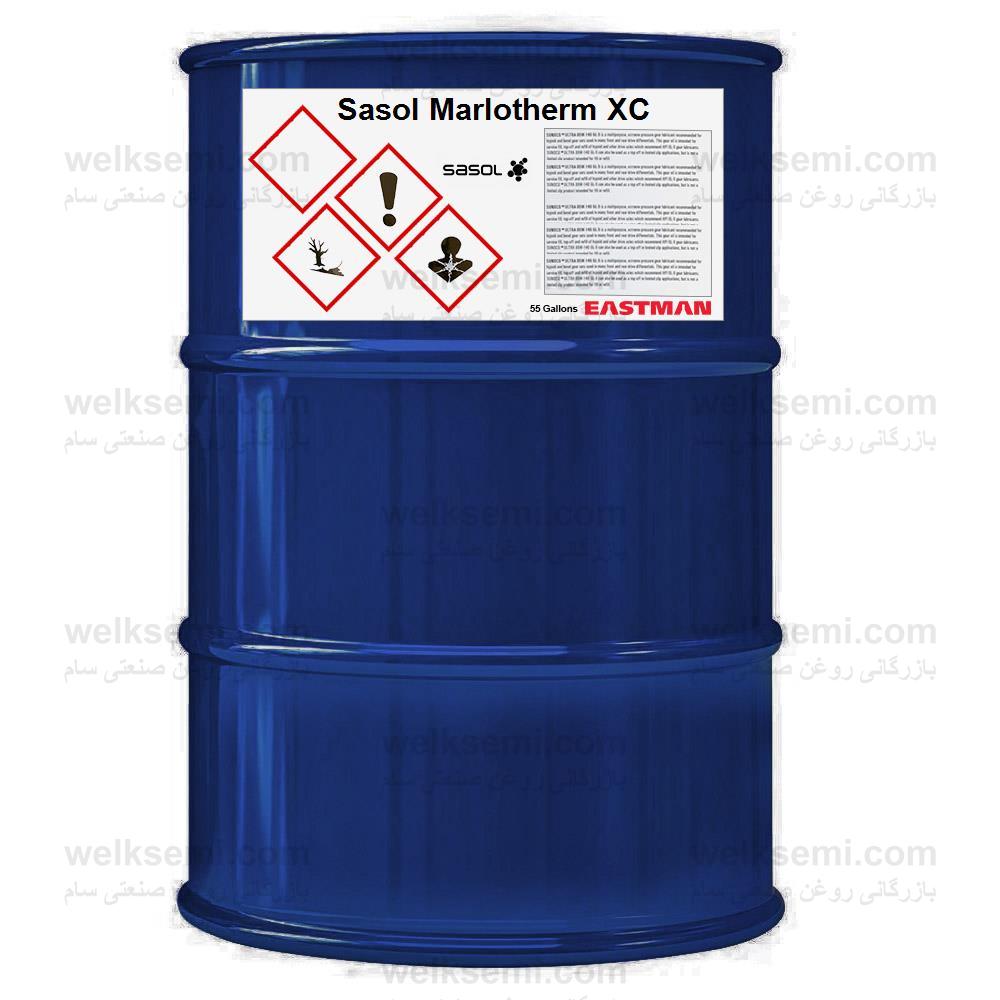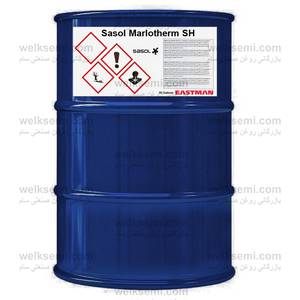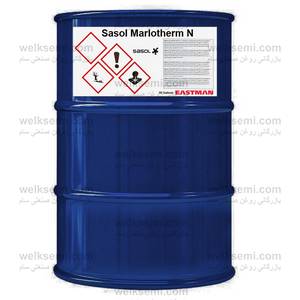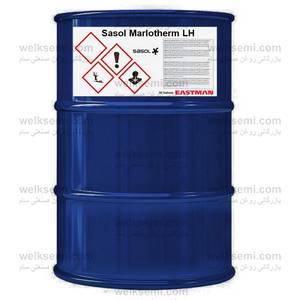Sasol Marlotherm XC: An Overview of the Product
Sasol Marlotherm XC is a premium heat transfer fluid widely utilized in various industrial applications due to its exceptional thermal stability and excellent heat transfer capabilities. This synthetic fluid is engineered to provide outstanding performance in heat transfer processes, making it a preferred choice for industries ranging from chemical processing to oil and gas. Unlike traditional heat transfer fluids, Sasol Marlotherm XC offers advantages such as low viscosity, high boiling point, and resistance to oxidation and degradation, ensuring reliability and efficiency in operation. With a proven track record, Sasol Marlotherm XC is a staple for any operation requiring high performance in thermal management.
Applications of Sasol Marlotherm XC
The versatility of Sasol Marlotherm XC allows it to be used in a variety of applications. It is particularly effective in high-temperature applications, where traditional fluids may fail or degrade. Some common applications include:
- Chemical Processing: Used in reactors and heat exchangers to maintain optimal temperatures.
- Oil and Gas: Involved in processes requiring sustainable thermal management.
- Food Processing: Safe for use in applications involving food-grade oils and fluids.
- Manufacturing: Employed in various machining processes where heat control is essential.
The adaptability of Sasol Marlotherm XC makes it a choice for engineers looking to improve thermal efficiency.
Benefits of Using Sasol Marlotherm XC
Choosing Sasol Marlotherm XC brings numerous benefits to industrial operations. Some notable advantages include:
- High Thermal Stability: Maintains performance over extended operational periods without significant breakdown.
- Oxidation Resistance: Minimizes the formation of harmful by-products, prolonging the fluid's life.
- Low Pour Point: Enables use in low-temperature environments and ensures easy circulation.
- Eco-friendly Properties: Designed to reduce environmental impact, making it a sustainable choice.
Each of these advantages contributes to overall system efficiency and cost-effectiveness.
Sasol Marlotherm XC vs. Traditional Heat Transfer Fluids
When comparing Sasol Marlotherm XC to traditional heat transfer fluids, several clear distinctions emerge. Traditional fluids often struggle with thermal degradation, limited operating temperature ranges, and higher levels of toxicity. In contrast, Sasol Marlotherm XC offers enhanced thermal characteristics, which allow for broader temperature ranges and greater safety. This leads to reduced downtime and maintenance costs as equipment remains in optimal working condition longer. Furthermore, its formulation reduces the risk of leaks and spills, promoting a safer working environment.
How to Properly Store Sasol Marlotherm XC
Proper storage of Sasol Marlotherm XC is crucial for maintaining its integrity and performance. It should be stored in a cool, dry place, away from direct sunlight and sources of heat. Containers should be kept sealed to prevent contamination and moisture ingress. Avoid using containers made from reactive materials. Regularly inspect storage tanks for signs of wear or contamination to ensure the quality of the fluid is preserved. By adhering to these guidelines, operators can extend the life of Sasol Marlotherm XC and ensure it performs optimally.
Safety Precautions When Handling Sasol Marlotherm XC
Handling Sasol Marlotherm XC requires adherence to safety precautions to protect personnel and the environment. Always wear appropriate personal protective equipment (PPE), including gloves, goggles, and protective clothing. Ensure adequate ventilation in areas where the fluid is used to prevent inhalation of vapors. In case of spills, follow established spill response procedures to avoid environmental contamination. Training employees on proper handling techniques is also essential to minimizing risks and ensuring a safe working environment.
Regulatory Compliance for Sasol Marlotherm XC
Sasol Marlotherm XC is formulated to comply with numerous regulations set forth by environmental and safety agencies. Users are advised to familiarize themselves with local regulations regarding the use and disposal of heat transfer fluids. Compliance not only ensures the safety of workers but also protects the company from legal repercussions. Regular audits and documentation of usage can aid in maintaining compliance and demonstrating accountability in operations involving Sasol Marlotherm XC.
Buying Sasol Marlotherm XC: Tips and Recommendations
When looking to buy Sasol Marlotherm XC, consider sourcing from reliable suppliers who offer quality assurance and customer support. It's essential to verify the authenticity of the product to avoid counterfeit alternatives. Request data sheets and safety information to understand the specifications and handling requirements fully. Purchasing in bulk may also lead to cost savings, while establishing long-term relationships with suppliers can assure consistent quality and service.
Specifications of Sasol Marlotherm XC
The specifications of Sasol Marlotherm XC play a critical role in its performance and suitability for various applications. Key specifications include:
- Chemical Composition: A synthetic organic fluid designed for thermal applications.
- Viscosity: Low viscosity ensures efficient pumping and heat transfer.
- Boiling Point: High boiling point allows for operation at elevated temperatures without vaporization.
- Fluid Color: Typically clear to yellow, indicating purity and quality.
- Thermal Conductivity: Exceptional thermal conductivity for enhanced heat transfer effectiveness.
Understanding these specifications helps in making informed decisions on suitability for specific applications.
Technical Information on Sasol Marlotherm XC
Technical information regarding Sasol Marlotherm XC is vital for engineers and operators. This fluid meets stringent quality standards, ensuring it remains stable under varying operational conditions. Details such as thermal stability curves, viscosity at different temperatures, and compatibility with materials are crucial for successful implementation. Consulting technical bulletins and product data sheets will provide deeper insights into its performance characteristics, making it a valuable resource for troubleshooting and system design.











